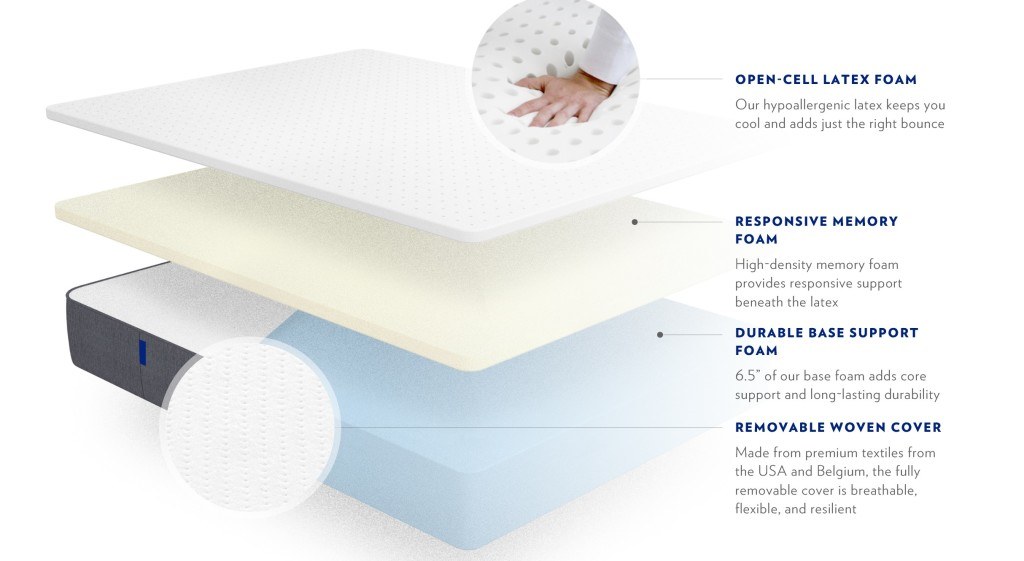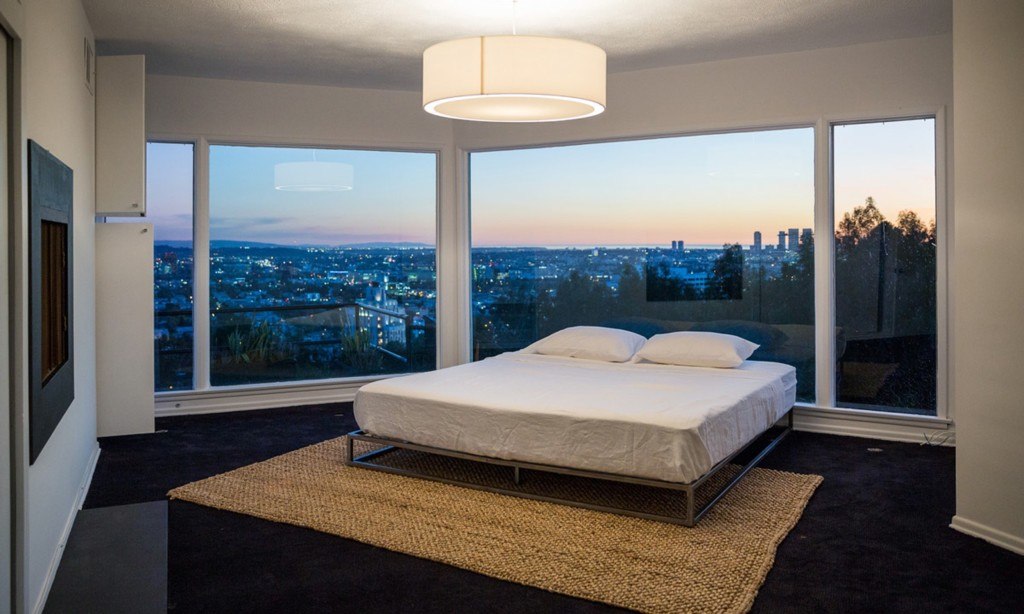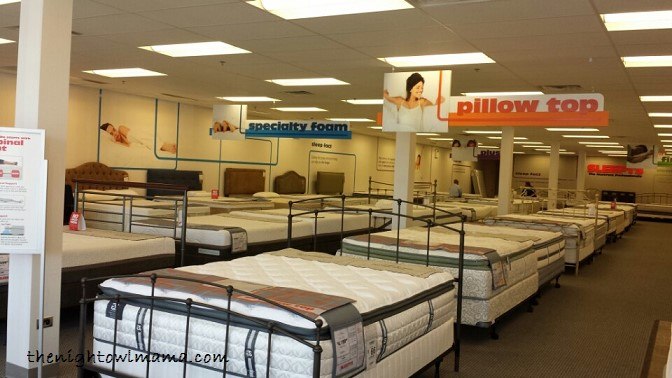Casper: Going to the Mattresses

Casper cuts through the confusion and hassle of the traditional mattress buying process with a high-quality product, hassle-free online purchasing and an appealing brand (as exhibited by its luxurious showroom experience)
The average American spends nearly 8 hours, or 33% of his or her life, asleep[1]. Yet despite advances over the traditional box spring mattress in recent years, the traditional mattress buying process has remained confusing and intimidating for the average consumer who just wants a high-quality mattress delivered without hassle for a fair price. Casper set out to change that: its business model focuses on improving the confusing and time-consuming traditional mattress shopping experience by offering a single high-quality mattress that’s ideal for the majority of the population at a low price with convenient delivery.
In order to disrupt an industry that’s been around forever and has well-established dominant players (e.g., Mattress Firm, Select Comfort and Tempur Sealy), Casper needed an operating model that’s differentiated from the competition and aligned with its business model. Casper’s operating model supports its business model in the following ways:
- High quality for low price – Casper adopted a cost-conscious manufacturing approach to produce its own proprietary latex and memory foam mattress that could still be sold profitably at a selling price under $1,000
- Not the cheapest mattress available and therefore not ideal for bargain shoppers, but far less expensive than premium mattresses that can run upwards of $5,000
- Superior showroom experience – rather than cram as many different mattress models as possible into a stuffy old warehouse with sleazy salespeople, Casper reinvented the showroom by allowing potential customers to schedule appointments to try out the mattress alone for 15 minutes in a beautifully appointed bedroom of a multimillion dollar home
- The experience (including a fresh pillow, privacy and a photo of yourself sleeping in it to share on social media) is radically different from the status quo and adds to the luxury and innovation associated with Casper’s brand
- Eliminates confusion and overwhelming number of options – Casper picked the single best all-around mattress for 99% of the population
- 100+ formulations of foam, 3,240 hours of testing and 108 prototypes developed[2]
- Invited people from all walks of life to A/B testing of promising prototypes
- Reduces inventory costs and marketing costs (only one product to advertise)
- Straightforward direct shipment and generous return policy – most people won’t return the mattress, but the “peace of mind” that comes with the policy benefits even those customers who don’t use it (providing value to those customers at zero cost and eliminating the “trialability” barrier)
- Eventually word-of-mouth should eliminate the need for customers to visit showrooms since they can test out their friends’ mattress or simply trust friends’ testimonials
- Online reviews further eliminate the need for customers to test in a store
- Marketing to millennials – because the younger generations are more likely to make purchases online, Casper’s operating model utilizes grassroots marketing tactics and can focus its advertising spend where its target customer will take notice
- For example, Casper led an all-out marketing campaign in NYC subways
- Casper invested heavily in social media, especially Instagram
- Leveraged celebrity investors including Ashton Kutcher and Steve Nash[3]
- $14 billion mattress market[4] is currently dominated by old, established players, offering a significant white space opportunity for Casper as it scales up
- Casper can outcompete the market with lower fixed costs than competitors that are reliant upon significant inventory in their retail channels
- Competitors not likely to engage in price wars with Casper since it’s still such a small percentage of the overall market
An upstart company with a single mattress model never would have been able to compete in traditional channels (such as wholesale brick-and-mortar retailer Sleepy’s). However, by embracing the direct-to-consumer approach and designing its operating model around a simple product supported by clever marketing and customer-friendly policies, Casper has redefined customers’ expectations of what the mattress shopping experience can be and the company’s growth and profitability will only improve as it continues to scale.
[1] http://www.bls.gov/tus/charts/
[2] https://casper.com/mattresses/design
[3] http://fortune.com/2014/09/15/waking-up-with-casper-an-internet-mattress-company/
[4] http://www.bloomberg.com/news/articles/2015-03-12/new-startups-aren-t-keeping-big-mattress-up-at-night







Really interesting article and business model Steve. I had seen the advertisements before but as I was not in the market for a mattress never thought to look into it more. They clearly have developed a business model that appeals to our generation who is increasingly comfortable making purchases online. The return policy also works well, and with a product they believe people will love it looks like the actual cost of returns to them will be minimal. Their ability to make mattress buying “cool” with a unique showroom experience that then pushes its own advertisements through social media is great. That being said I wonder how well the showroom model does versus typical showrooms. It seems very cost prohibitive to have that anywhere other than a large city and also allows much less customer traffic than a typical showroom. Personally I would rather spend my time at a place where I can try out different mattresses but I also think I may fall into the skeptic category that 99% of people prefer one type of mattress. That being said looking at their website clearly a lot of work was put into this mattress design and as you mentioned if a friend mentioned it to me I would likely just go test theirs out.
I’m sold! Trying them for my next mattress purchase! A bit skeptical of the one mattress fits all model (I like firmer mattresses than most and would have expected 2 or 3 firmness options) but the 100 days free trial and hassle free process would make me give it a shot. I find the showroom experience superfluous Given triability offer and fact that what draws me is the online component that allows me not to waste time. What are the cost associated with those?
This is great! I wish I would have known about this company before I bought my mattress a few years ago. The showroom experience looks wonderful, and it does (as you say above) add to the luxury element of the brand. There is also an aspirational element to the showroom. This mattress is positioning itself as the mattress for the upwardly mobile millennial, and although I’m sure the competition will start to copy these ideas soon, I think you’re right in assuming that this operating model will give it a distinctive competitive advantage going forward (at least in the short run).
Competition has started and customizes mattress based on a bunch of criteria: https://www.helixsleep.com
They seemed to have copied business model except for the one size fits all.
Great post, Steve. I think this is a great example of alignment between business and operating model. The crux for me is that, as you say, Casper’s value proposition is making mattress selection a simpler and more reliable process – which is exactly what makes its operating model easy to execute, since it reduces the product range and retail space it requires to operate. It’s initially counter-intuitive but a great way to compete against players who are trying to deliver more choice. In addition, the model is well suited to mattress buying where you quickly discover that the 1 minute trials you get on each of 10 mattresses in a regular store give you almost no information, and so it’s better to rely on an authoritative opinion.
One tension that I see in the model, though, is whether they can grow their business while maintaining their operating model. Growth will likely mean that Casper needs to attract some different customer segments, such as those with a lower willingness to pay, but expanding in this way would not only violate the brand but also counteract some of the advantages of the one-product operating model. Does that limit this company’s potential?
Super interesting and a great example of how a new operating model and marketing strategy can disrupt a seemingly mature and stagnant industry as mattresses. I especially think the showroom experience is such a novel and ingenious way of adding to the luxury and innovation of Casper’s brand. This also makes perfect sense since there is only 1 mattress type to choose from, removing the need to have a number of different mattresses for customers to try out (like in a traditional mattress store).
I’d be very interested to see how this operating model plays out and if they decide to make any changes, especially since customization has been a bit factor for mattresses. That being said, I saw this being similar to hotel mattresses (e.g. W Heavenly bed will consistently be same in any W hotel).